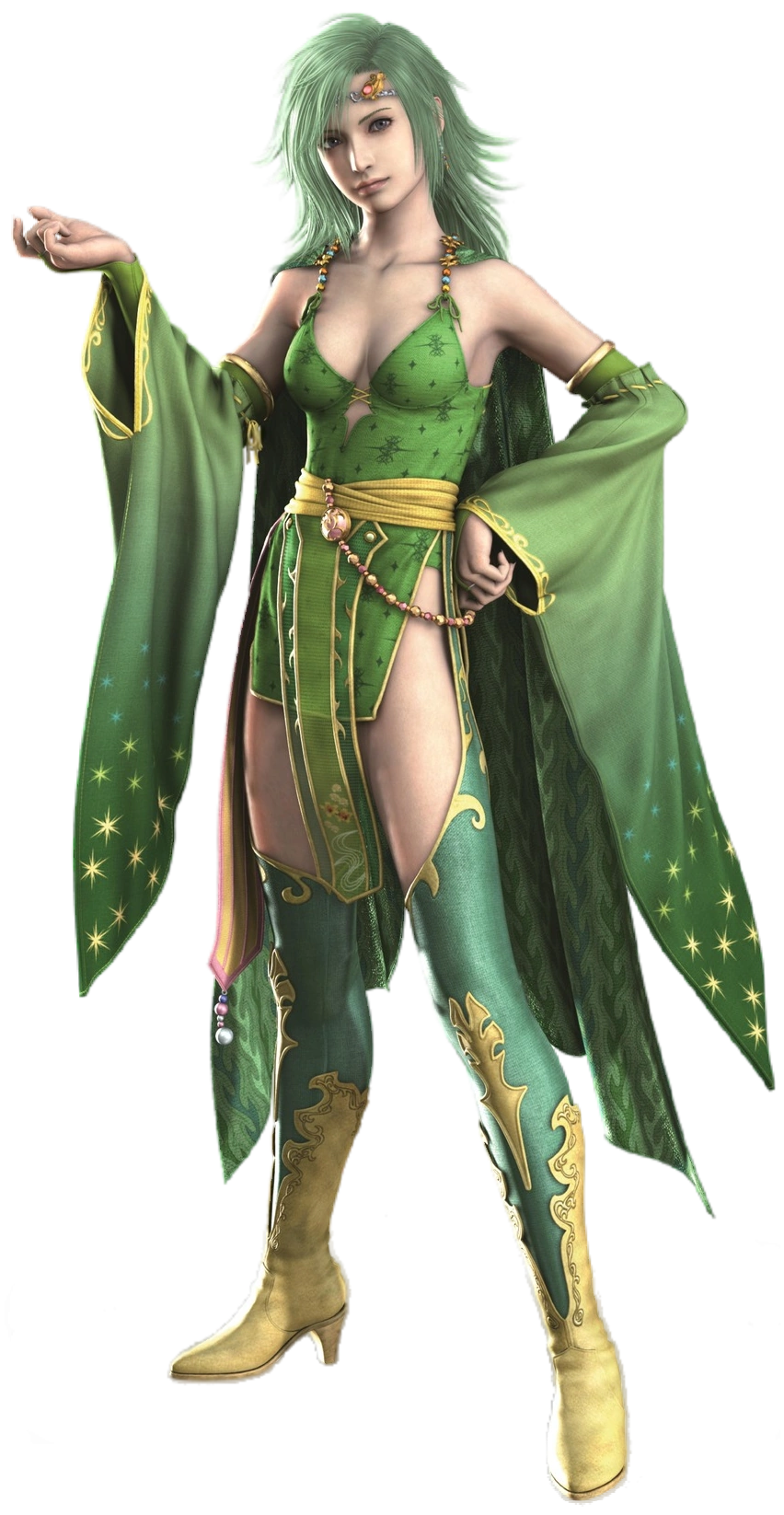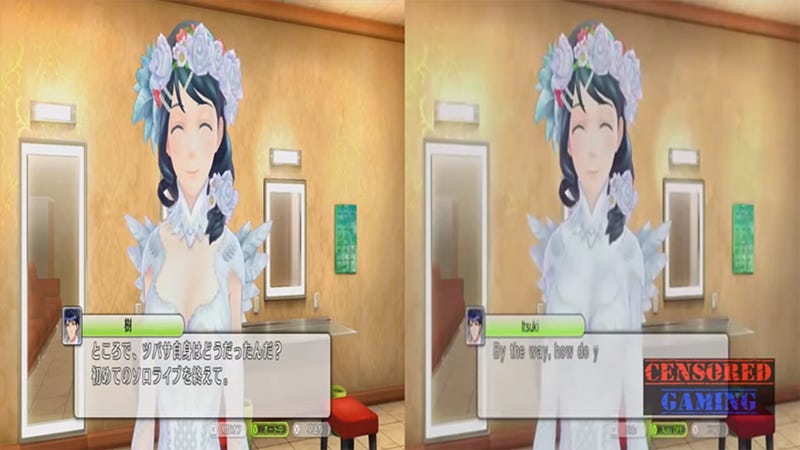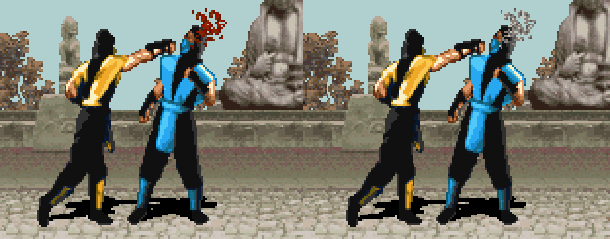Artistic freedom is an important point that too often goes neglected in these debates.
Changes that APPEAR to be censorship, may or may not have been actually intended for the purpose of censorship.
You can generally determine whether or not a change was based on avoiding moral outrage or not.
For example, when Nintendo went around removing religious imagery and references from games that came to their systems, they didn't do this because they just happened to want to. They released Japanese versions with the imagery in tact, and versions that were sold in the west with this imagery removed.
They did this because they knew that having religious symbols/imagery in their games would court outrage that they would rather avoid. Not because there's anything inherently wrong with having religious imagery in games.
When something is changed in a game, try tracing the source of the initial outrage. Look at the history of social outrage and where it's coming from.
You can determine a common link between them when it's the same type of material being removed across multiple different games made by different developers released on different systems.
The material in question usually being religious imagery, violence or anything related to sexuality/eroticism. You can then trace where exactly it's coming from.
Back then, it was the religious lamenting the existence of religious imagery, violence and sexuality/eroticism.
Nowadays the religious pushback still exists, but it is significantly muted in comparison to the sex negative feminist angle that has directly inherited ideas/values from the religious element.











